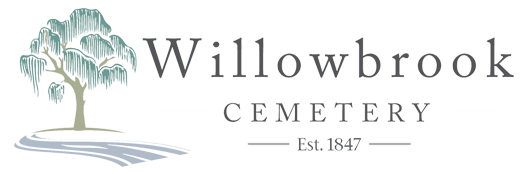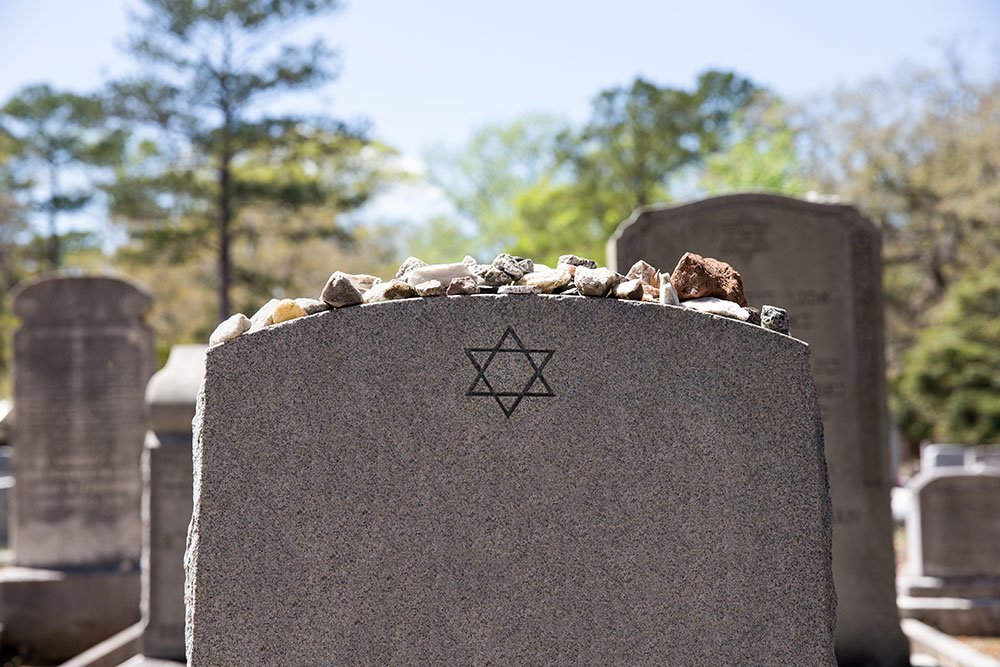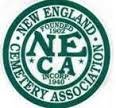Jewish Burial Customs
Different communities have different burial systems and funeral rituals. These age-old traditions are deeply connected to the community’s spiritual core and offer a great deal of comfort. At Willowbrook Cemetery, we have witnessed the burial ceremonies of different religions and denominations over the years. Here’s a look at how the Jewish community conducts a burial:
1. Quick and Simple
Jewish funerals happen quickly and are very simple. The community frowns on complicated and expensive ceremonies because the focus is on equality. After the death, the deceased’s body is washed carefully and wrapped up in a simple shroud. A small group of people known as the Chevra Kadisha remain with the body until the funeral is conducted.
2. Embalming and Cremation
Both embalming and cremation are traditionally forbidden, though many Jewish communities have started to accept cremation. The body must be buried in a simple wood casket to ensure decomposition happens without any interruption and the body returns to earth peacefully.
3. No Open Casket
Aside from the Chevra Kadisha, no one really sees the body once it is prepared for the burial. Open caskets and visitations aren’t permitted so there are some exceptions. It is also possible to delay the funeral for a few days until important family members arrive.
4. Burial
Most of the funeral service happens at the graveside. The Rabbi reads prayers, offers a few words of comfort, and asks family members to place dirt on the coffin. This is a symbolic gesture that shows the loved ones left behind have accepted the death. The entire process is short, solemn, and designed to help people say their final goodbyes without much fanfare.
If you want to know more or need to book a service, just give us at Willowbrook Cemetery a call on (203) 222-8646 or contact us through our online form.





Comments